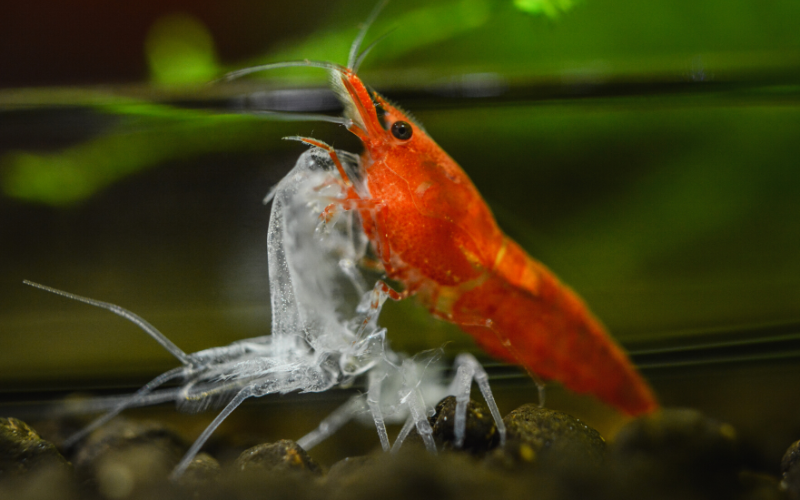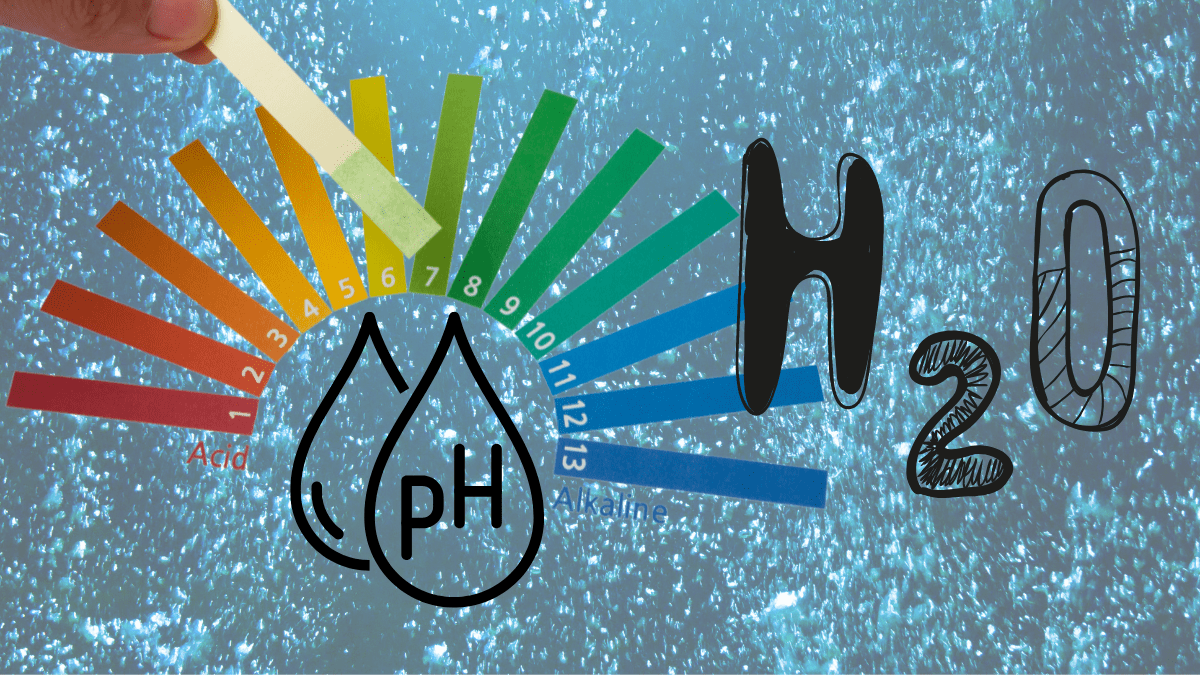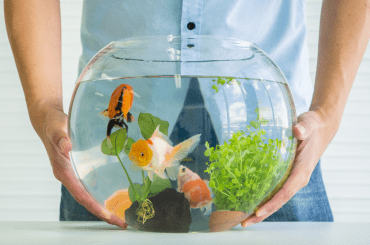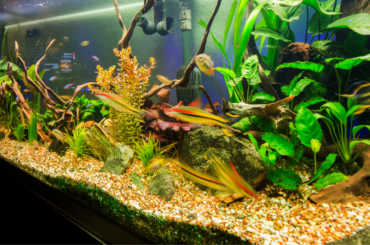What do PH, GH, and KH mean? What’s the big deal with them? How is it related to fishkeeping, and should you even care?
Aquarium water chemistry is a somewhat complicated topic related to water parameters. But Let`s keep it as simple and user-friendly as possible to get the practical basics needed to run a successful aquarium.
When dealing with water chemistry, there are a lot of water parameters to check. But the common parameters you will hear about in the aquarium hobby are pH, KH & GH. In addition to these common parameters, you will also have Nitrite, Ammonia, and Nitrate levels. However, we already covered them in our How-to Cycle an Aquarium Guide.
Let’s simplify everything about aquarium water chemistry, pH, KH & GH in this beginner-friendly cheat sheet.
Aquarium ph ( Power oh Hydrogen)
Aquarium pH measures the number of Hydrogen ions in the water. It means how acidic or basic your water is. Normally pH is measured on a scale of 1 to 14. If you are less than 7, you’re going to have acidic liquids like orange juice. If you’re higher than 7, those are basic or alkaline liquids such as soap.
For tropical aquariums, all we care about is neutral pH, which is seven on the scale. It means your aquarium water is not either acidic or alkaline. However, depending on your location and other factors pH can be slightly changed around seven.
Ideal pH for freshwater aquarium
Most of the fish in the aquarium hobby can survive in a pH range from 6.5 to 8.0. That’s generally fine. However, if you are breeding a certain kind of fish or keeping a susceptible wild-caught species, you may need to pay some higher attention to the pH.

However, there are some general rules of thumb for some fish varieties. For example, South American fish and crystal shrimps prefer the lower PH side while live bearers and African Cichlids like it on the higher PH side.
Aquarium KH (Carbonate Hardness)
Aquarium KH stands for carbonate hardness, meaning it measures the number of carbonates and bicarbonate ions in your water. It works as a pH buffer in your aquarium and prevents sudden pH swings.
Aquarium KH helps to neutralize acids and prevents PH crashes, which is good for your fish as they get really stressed out when there are sudden pH changes other than gradual changes within the acceptable range.
Ideal KH for freshwater aquarium
KH is measured in degrees and parts per million(ppm). One degree of KH equals 17.9 ppm. The ideal range of KH for a freshwater aquarium is between 4 to 8 degrees or 70 to 140 ppm.

You need to measure KH to ensure your KH isn’t too low and won’t cause PH crashes. Also, you will need to measure KH when you get a specific type of fish.
There are fish varieties that have specialized requirements. For example, Discus and crystal shrimps like to be in lower KH, while African Cichlids prefer higher kH aquariums.
Aquarium GH (General Hardness)
General Hardness (Aquarium GH) measures Calcium and Magnesium ions concentration dissolved in the water. Practically it tells how hard or soft is your aquarium water.
GH is one of the easiest ways to measure the number of valuable minerals essential for a healthy aquarium. Many biological functions, including fish muscle and bone development, shrimp molting, snailshell formation, and plant growth, are directly affected by aquarium KH.

Ideal GH for freshwater aquarium
General hardness (GH) is also measured in degrees or ppm. Gh of an average tropical aquarium should be within the range of 4 to 8 degrees or 70 to 140 ppm.
However, particular creatures like live Bearers, goldfish, and African cichlids may need more mineral levels than usual.

How to Measure the Aquarium Water Parameters
There are a number of different water test kits that can measure the pH, GH, and KH in your aquariums. Let’s find out some reliable and leading test kits in the market that are trusted by most fish keepers in the aquarium hobby.
API Test Kit
Generally, the aquarium water test kits by API are testing fluids that should be mixed with your aquarium water samples. After mixing the right volumes of water with testing fluids, you should match the color variations with the given charts for particular parameter measurements.
Usually, you should purchase API aquarium water test kits separately for different types of measurements.
- Freshwater master Test kit – Used to test the pH, Ammonia, Nitrite, and Nitrate levels.
- API GH & KH Test Kit – Measures the Carbonate hardness and General hardness of the Aquarium Water.


Tetra Easy Strips (6 in 1)
Tetra Easy Strips use a completely different method for water testing. Generally, they come as strips that can be directly dipped in your fish tank. In six in one test kit, you can measure 6 water parameters including, pH, general hardness, carbonate Hardness, Ammonia, Nitrites, and Nitrates.
So compared to the API master test kit, test strips are easy to use but you should make sure they are stored in a dry place without contacting moisture. Otherwise, they can mislead you with wrong measurements.

Read our Aquarium water testing Guide to learn, how to test aquarium water with these different types of test kits.
Why Are Water Parameters Important?
pH, KH, and Gh are the typical water parameters you want to keep an eye on that essentially determine what is dissolved in your water. Because all the organisms, including fish, shrimp, snails, and plants that live in water, need certain minerals and elements to thrive.
Not providing the right water conditions will stress out your fish and it can cause fish diseases and plant melting. But having a good idea of what is in your water gives you the best opportunity to run a successful tank. Then you can strategically keep the fish species that work for the water in your area.
Resources: Aquarium Coop





